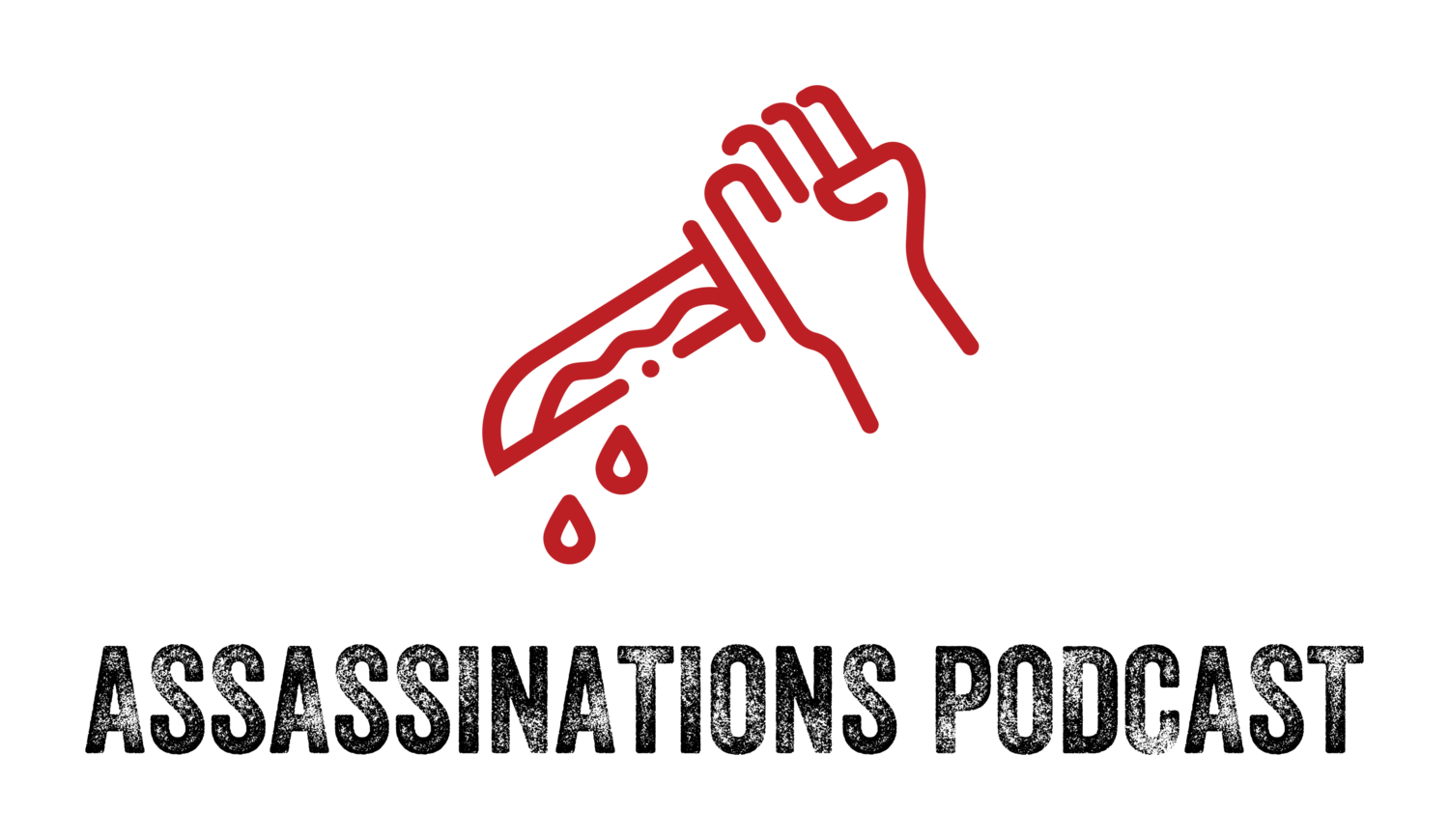Interview: Tim Norman and Kit Klarenberg: The Sturgess Inquiry and the "novichok" narrative
9.9: Interview: Tim Norman and Kit Klarenberg: The Sturgess Inquiry and the "novichok" narrative
Independent journalists Kit Klarenberg and Tim Norman have conducted significant investigations into the alleged 2018 assassination attempt on Sergei Skripal, a former Russian intelligence officer turned British spy, and his daughter Yulia in Salisbury, England. The episode also covers the related death of Dawn Sturgess in nearby Amesbury, which was recently the subject of a UK inquiry.
Skripal, who betrayed Russia for MI6 in the 1990s, was settled in Salisbury after a spy swap in 2010. On March 4, 2018, he and Yulia were found unconscious on a bench, allegedly poisoned by the nerve agent "novichok," which the British government attributed to Russian operatives. The official narrative claims this poison was smeared on Skripal’s door, though inconsistencies—such as the delayed onset of symptoms, the survival of the Skripals, and lack of definitive evidence linking the agent to Russia—raise doubts about the UK government’s story.
Months later, Englishwoman Dawn Sturgess died after reportedly spraying herself with "novichok" from a sealed perfume bottle found by her boyfriend, Charlie Rowley, prompting further accusations against Russia. However, the apparently sealed bottle and the inability of scientists to confirm the nerve agent’s origin undermined the government’s claims.
The British narrative was shaky and possibly propped up by intelligence-linked entities like Bellingcat and the Institute for Statecraft’s Integrity Initiative, which may have pushed disinformation. The recently concluded Sturgess Inquiry, designed to control the narrative, inadvertently exposed its weaknesses.
